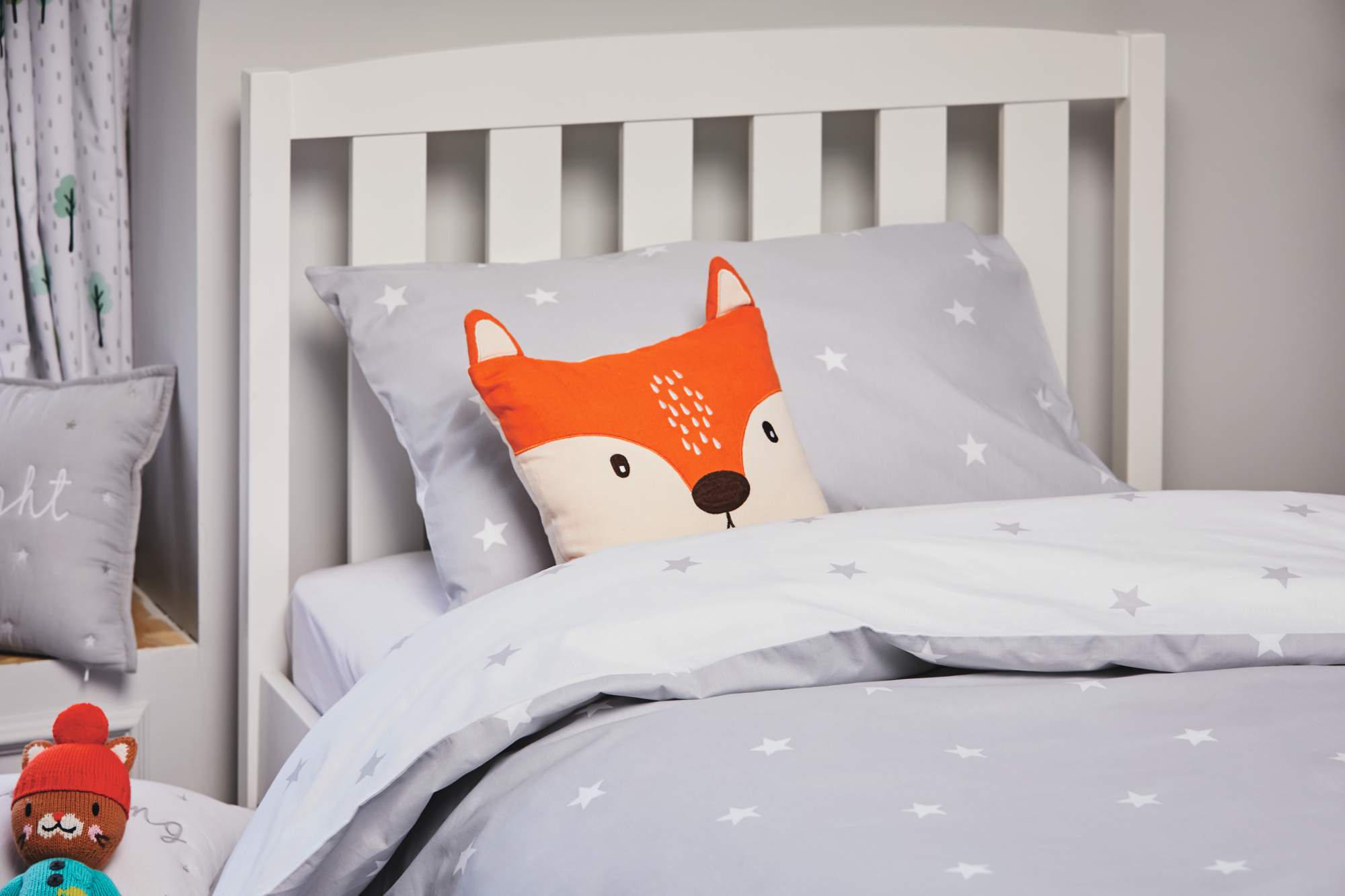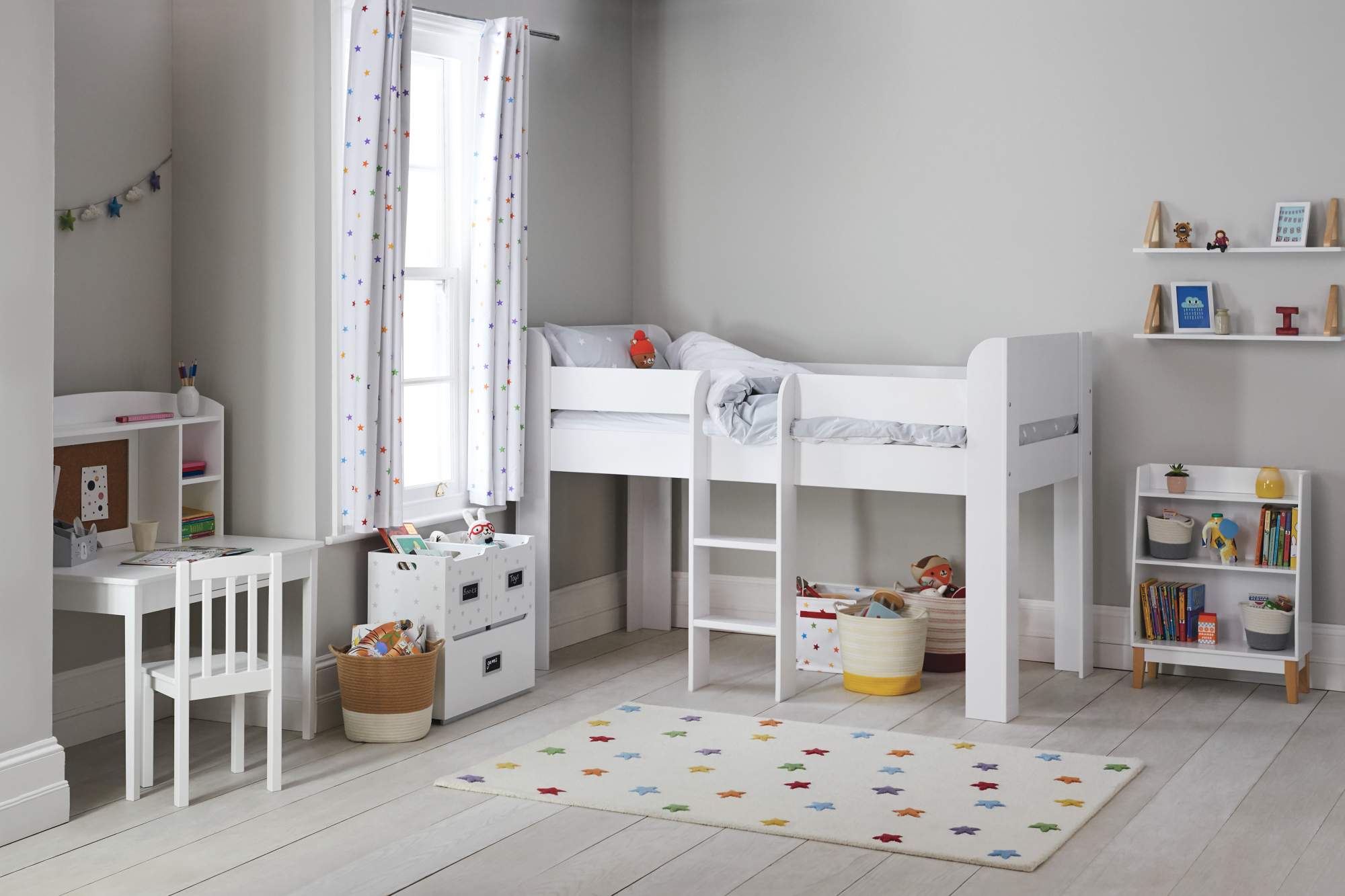TOP TIPS FOR GETTING A GOOD NIGHT'S SLEEP

Getting a good night’s sleep is so important for a child’s development, not to mention for your wellbeing and sanity as a parent. The Children’s Sleep Charity was set up by a once sleep deprived mum who was frustrated by the lack of support available to families experiencing sleep issues. They now support over 30,000 families each year and work with children aged 12 months and above. You can find out more about their work by visiting www.thechildrenssleepcharity.org.uk

Read on to discover CEO of The Children’s Sleep Charity, Vicki Dawson’s, top tips for creating the perfect sleep environment for your child:
- All children are individuals and so are their sleep needs. It’s important to take this into account when considering the ideal bedroom environment for each child in your family. What works for one might be completely different for another.
- Some children love total darkness and therefore blackout curtains and blinds are essential. Other children may feel disorientated or afraid in a totally darkened room so would benefit from having a night light on. The key thing is to have consistent lighting conditions all the way through the night. The room should look the same at 7am as it does at 7pm.
- Temperature is important too; keep the room at around 18 degrees to help your child to sleep well. Select the appropriate bedding for the season; a lower tog in summer and a higher one in winter.
- Some children are very noise sensitive; the clicking of the central heating can be enough to wake them up if they are in a light sleep. Playing soothing white noise can be helpful to mask out background noise - leave it on throughout the night as any change in conditions can cause youngsters to wake.
- Check what your child can see from their bed/cot and what shadows their night light casts. Sometimes a dressing gown on the back of the door can look terrifying to a half-awake youngster in the middle of the night.
- Make the bedroom a lovely place to be; never threaten to use it as a sanction by sending them to their room if they misbehave. They should want to spend time in it and not see it as a punishment.
- Display photographs of family and friends in their bedroom in order for them to fall asleep reminded of all the happy times that they've had together. Or perhaps, drawings or paintings that they’re particularly proud of; things that promote a sense of mental wellbeing.
- Is the bed comfortable? Is it big enough for them? If you are moving your child from a cot to a bed, try to keep it in the same position in the room so that everything around it is as familiar as possible.
- Neutral colours are a good choice for a calm bedroom environment. Their sleep space should be relaxing rather than stimulating. Consider limiting the amount of toys in the room or making tidy-up-time a part of their pre-bedtime routine.
- Avoid screens in the bedroom as much as you can. Screen activities can be highly stimulating and can supress the sleep hormone melatonin, making it harder to nod off at night time. Ditch the screens in favour of a bedtime story; reading a book together is a great way to strengthen the bond between parents and children at the end of a busy day.

Share this post:






















